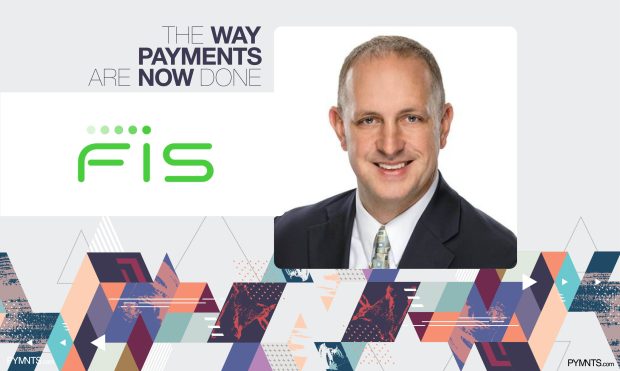Consumers Now Demand Options in Their Payments Experience

What will payments look like in 2022 and beyond? In “The Way Payments Are Now Done,” Dave Fura, SVP, head of card solutions, FIS, joins 32 other payment executives to discuss what payments’ “new normal” looks like. Fura explores how the checkout process has been transformed along with changing consumer preferences due to the pandemic.
Over the past year, consumers have driven the rise of several innovative payment technologies. These technologies have reshaped the consumer experience, as well as their preferences and expectations when it comes to the payments process.
Recall what the process of paying for something was a year ago: A customer went into a store to make a purchase, saw what they were looking for and then took it to the checkout area. In most cases, they would either pay with cash or use a debit or credit card.
Now, due to shifting consumer preferences because of the pandemic, the checkout process looks completely different. Those same customers now expect options and instant gratification when it comes to how and when they pay for their items. Whether it is in-person or online, consumers are demanding that the entire process is fast, frictionless and safe as well. This has led to the rapid adoption of technologies such as mobile wallets, contactless payments and buy now, pay later (BNPL) solutions.
Respondents to FIS’ 2021 Pace Pulse survey revealed that COVID-19 restrictions have changed many consumer behaviors. The percentage of respondents using mobile wallets or contactless payments at checkout more than doubled from April 2020 to February 2021, while the percentage using mobile payments increased by nearly two-thirds. That growth is expected to continue across generations, as the pandemic has shifted things like menus and instructions to be viewed on mobile device – compelling enough for even the most digitally resistant consumers to start using these technologies. Drastic consumer shifts like these mean that financial institutions and retailers must make sure that paying with a mobile wallet is a viable payment option at their businesses.
The buy now, pay later market is expected to grow 181% by 2024, according to the 2021 Global Payments Report by Worldpay from FIS. In fact, according to the same report, BNPL services rose nearly 78% in 2020 — the biggest leap of all payment types – and is projected to account for 4% of global eCommerce spend by 2024.
The concept of post-purchase installment programs isn’t new, but the ease of use, flexibility and mutual benefit they deliver at various phases of the value chain have made them one of the fastest-growing segments in payments. Post-purchase installment loans give cardholders the flexibility to make larger purchases, and can increase card use and preference by offering cardholders more choice and control. Organizations can use post-purchase installment loans to add functionality to differentiate their offerings and increase consumer loyalty to their brand.
The payments process is completely different than what it used to be, and it will continue to adapt as new solutions are developed. Technology developers such as FIS are taking on a support role for their customers, pairing them with the right payments technology that delivers on any expectation the end consumer may have for their payments experience.
